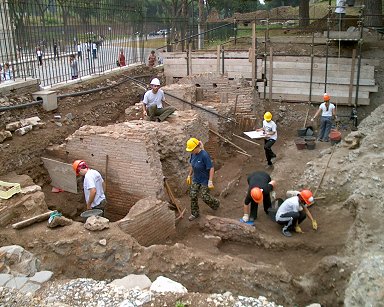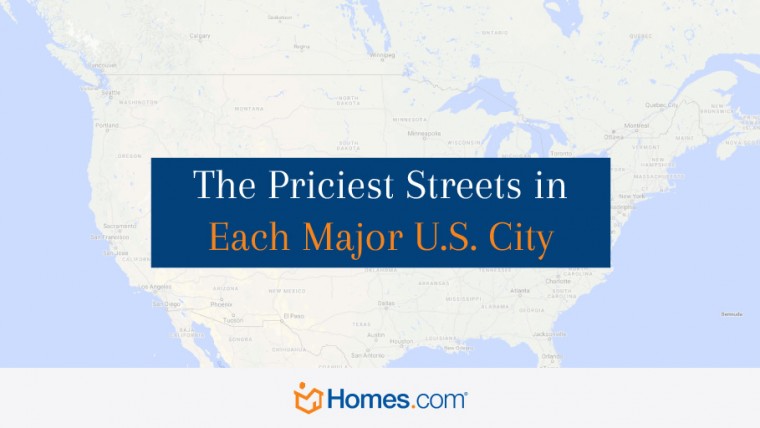With today’s technology, nearly anyone in the real estate business will tell you that a very sizable portion of the house-hunting process is now done online, with photos, house information and more available any time of day at prospective buyers’ fingertips. This immediate access to information can be a great asset to buyers, but it can be difficult to distill the large amount of information in an online listing down to the most important data to help you find the perfect house. Today, we’ll discuss six very important things to look for in a house listing on Homes.com, and how to use that information to help you find the right home for you.

1. Photos.
First and foremost, take a look at the photos of the home, found by clicking the Photos View tab on the Homes.com listing. Crisp, clear photos are a fantastic way to get a feel for a home’s flow, but in the midst of looking at them, stop to ask some questions. Does it appear that any parts of the home were left unpictured? What is the condition of the yard? The kitchen? The bathrooms? In the overall photo of the home’s exterior, are other houses in the neighborhood visible in the background? What condition are they in? When perusing photos, try to separate the immediate impact of any of the home’s current furnishings from the underlying bones in your analysis, but bear in mind that unappealing items like worn flooring, outdated paint colors and other items will require additional funds and energy to remedy later on.

2. The wording of the listing.
What does the listing text say about the home? As you pore over listings, you will probably notice certain buzzwords that appear in many of them: “open floor plan,” “open concept,” “great curb/street appeal,” etc. Look for those positive phrases to see what the seller perceives to be the top assets of the property (“Lots of natural light!” “Great schools nearby!”), but also look for less positive descriptors (“Sold as-is,” “Has potential,” “Great bargain.”) These will give you an idea of the overall condition of the home.
3. Asking price and price per square foot, and how it relates to other properties in the area.
This information speaks volumes. Is the home’s price consistent with other homes in the area? Is it higher? Lower? If so, it is important to determine why. A home priced higher than comparable properties in an area might have factors such as desirable street location and condition working in its favor, but on the flip side, a home priced lower might have underlying issues that will need to be remedied by the new buyer. Finding other homes for sale in the vicinity of a listing on Homes.com is as easy as scrolling down to the bottom of the page to the Nearby Properties section.

4. Days on the website.
This is one piece of data that is critical in determining the bargaining power a buyer has in making an offer. The longer a house has been on the market, the more eager a seller might be to accept an offer lower than the asking price. This can be found in a variety of locations of Homes.com, including the Details View of the home listing, and also the Photos View portion of the listing, pictured below.

5. Additional costs of owning the home.
How much home you can afford is not just based on the mortgage cost itself. There are other costs to consider as well, including mortgage insurance (for buyers with less than 20% to put down on the loan), homeowner insurance, HOA fees and property taxes. Fortunately, all of these costs are spelled out in great detail on Homes.com, by scrolling down to the Property Record section on the listing’s main page. Study the listing to see which of these costs is detailed. These costs, along with any of the other costs of ownership as outlined above, need to be tallied up and added to the mortgage payment to get a full picture of how much you will pay for that home month after month. Additionally, if a home is older, you can expect the costs to maintain and remedy any problems that arise in older systems will be something to consider as an ongoing maintenance cost. Look at the year the home was built to get an idea of how much these maintenance costs will factor into your cost of ownership.

6. Location, location, location.
Commute time can be what turns the perfect home on paper into a nightmarish situation if that home is located very inconveniently from work, school, or church. On the listing’s Map View tab, input addresses for these important locations in relation to the location of the home, to help estimate how much time you will be spending in transit each day. The perfect home might not be so perfect if living in it requires spending hours in the car each and every week.

This merely scratches the surface of factors to consider when dissecting and analyzing home listings, but this information will give you a broad, fairly comprehensive overall picture of whether or not a home might be right for your needs. If you find a listing to be satisfactory after this initial analysis, it might be time to schedule a walk-through of the home to see if it translates as well into real life as it appears onscreen.
Do you have any other valuable information to look out for in home listings? Feel free to share in the comments below!

















